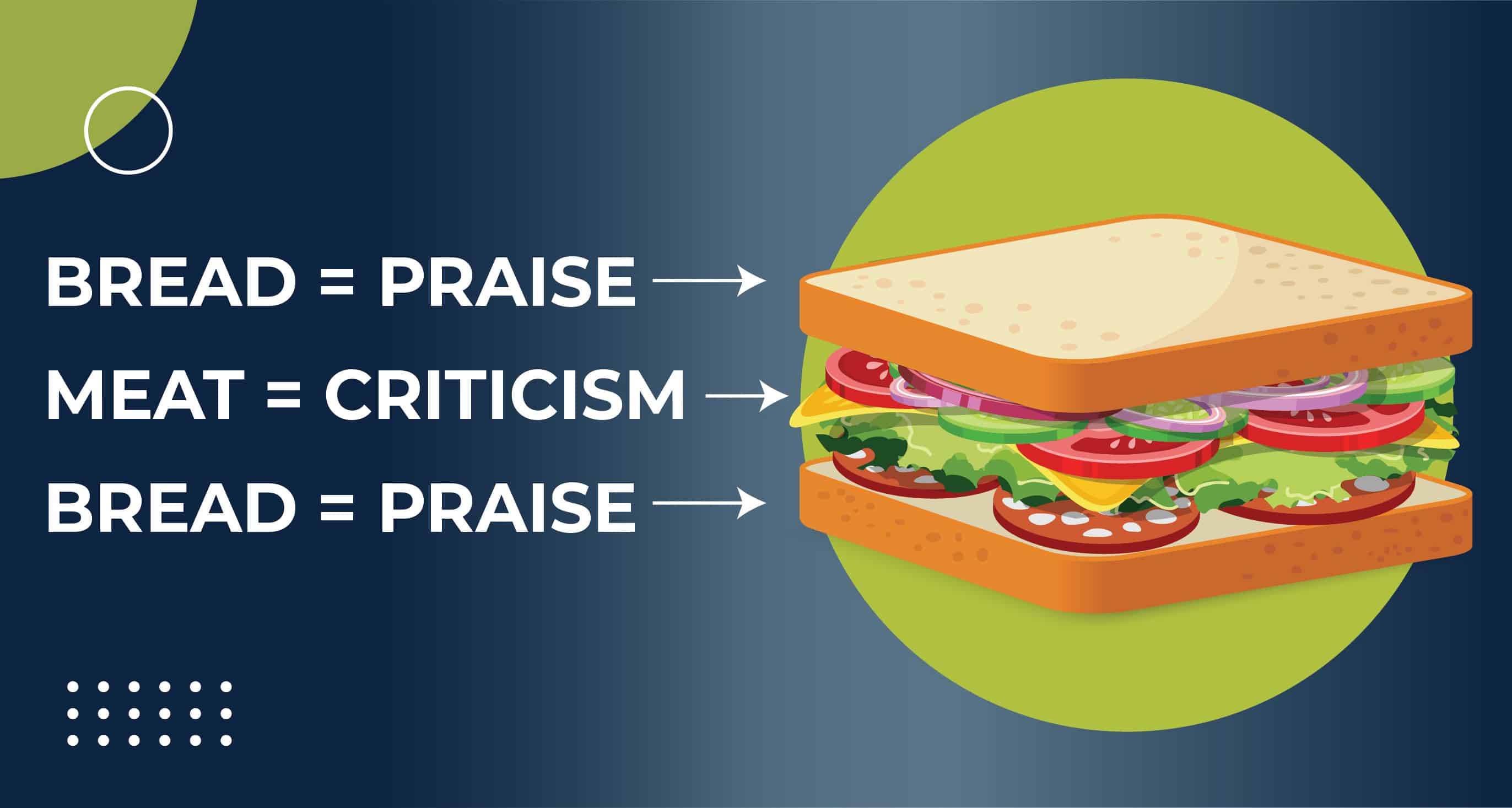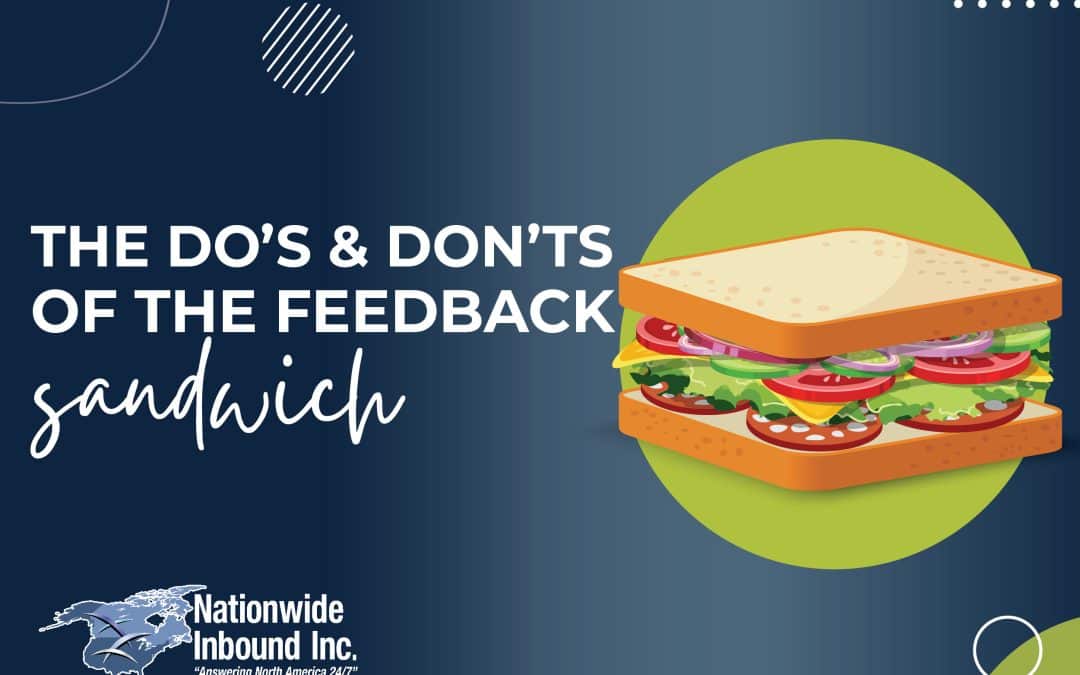Let’s face it, no one likes having to be the “bearer of bad news” or the one to deliver constructive criticism. This is, however, a mission that we will all inevitably be tasked with at some point in our lives, at least to some capacity. There are different opinions on the effectiveness of the “Sandwich Method”, but if you are going to go this route, there are some ways to make sure you do it correctly and achieve the best possible outcome.
This method can be used by those in the position of authority, or in interpersonal interactions when a difficult conversation is at hand. The basic idea is that when having to deliver constructive criticism or address a perhaps uncomfortable topic, the individual who is initiating the conversation tries to find a way to present the information so that it is not taken poorly and is not considered negative.
Here’s where the sandwich part comes in. The initiator organizes their statements in a “praise,criticism,praise” or “bread,meat,bread” sequence. That doesn’t sound so bad, right? Well, actually, this can go very wrong, and can make matters even worse if the approach comes off as patronizing or insincere. Anyone employing this method will want to follow some important tips in order to make sure to create an overall positive experience:

BREAD: Create Genuine and Specific Compliments
When offering the initial statement of praise (the foundational first slice of bread, so to speak), make sure it is a genuine and specific compliment. Simply saying things like, “You do a good job” or “You’re a nice person” shows that you didn’t put much thought into it and certainly doesn’t convey that there is anything specific that you value about this particular individual. We all love to know that what we do/who we are is appreciated, so make sure you come forward with an example of something they recently did well or a positive way that they contribute!
MEAT: Keep it Simple, Keep it Specific, Keep it Constructive
When serving up the criticism part of the sandwich (just call us Arby’s, because now we’re getting to the meaty part), avoid adding insults or throwing in a slew of negative remarks. It is absolutely acceptable to speak openly and honestly, but there is no need to tear the person down. Present the issue in a respectful and factual manner without letting assumptions take the wheel, and then move on to offering some suggestions for a way to resolve the issue.
BREAD: Wrap it up with a Hopeful Tone and Helpful Suggestions
Don’t leave things on a bad note! (This is the last piece of bread, and without it, our sandwich could just fall apart!) Be prepared to offer sincere encouragement and if appropriate and applicable, offer to help in any way that you can. You want the person to walk away knowing that this conversation was solely intended to be helpful and constructive and was absolutely not just an opportunity to tell them everything they do wrong.
Some say this method is wholly unnecessary, and that a blunt and transparent delivery of feedback is always the best course of action. What do you think about this method, and which kind of approach do you think you’d prefer if you were on the receiving end?
At the end of the day, remember that no matter what side of the conversation you are on, maintaining respect can go a long way!
Written by: Angel Veitch, Business Development Coordinator


